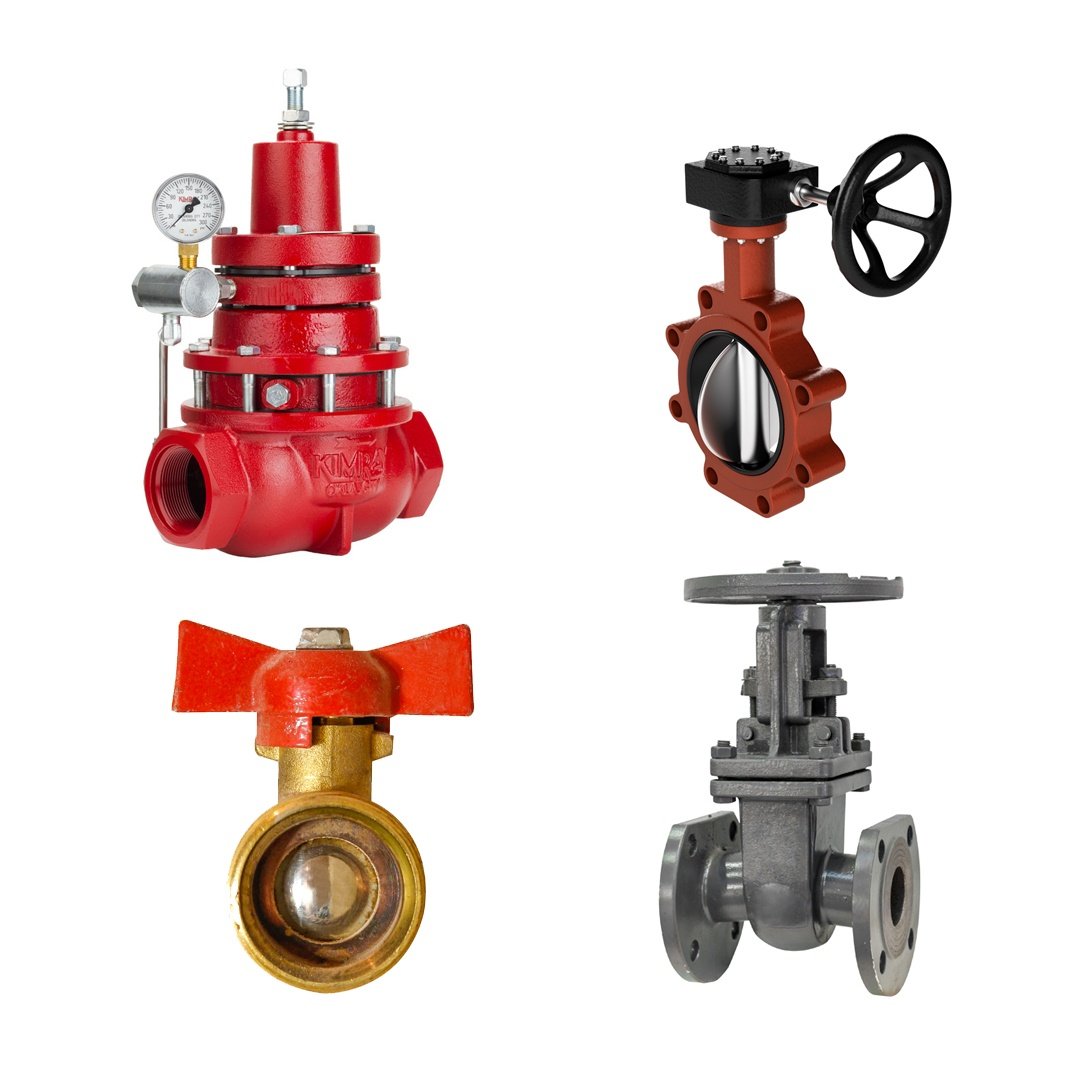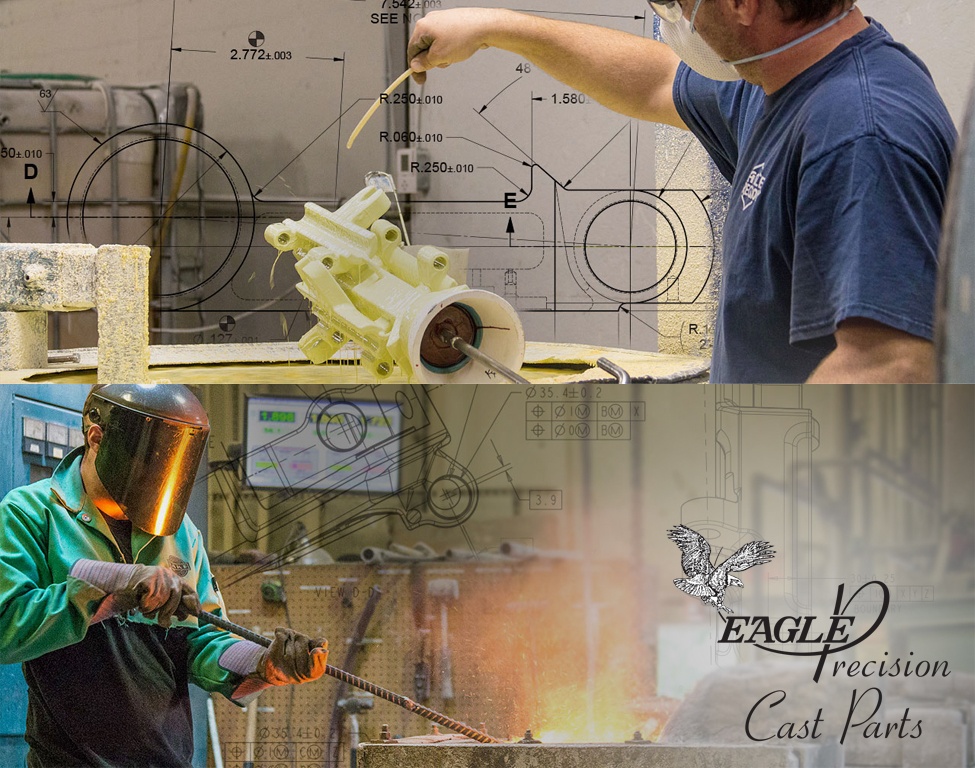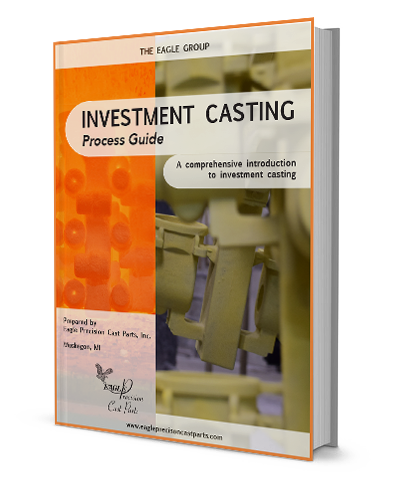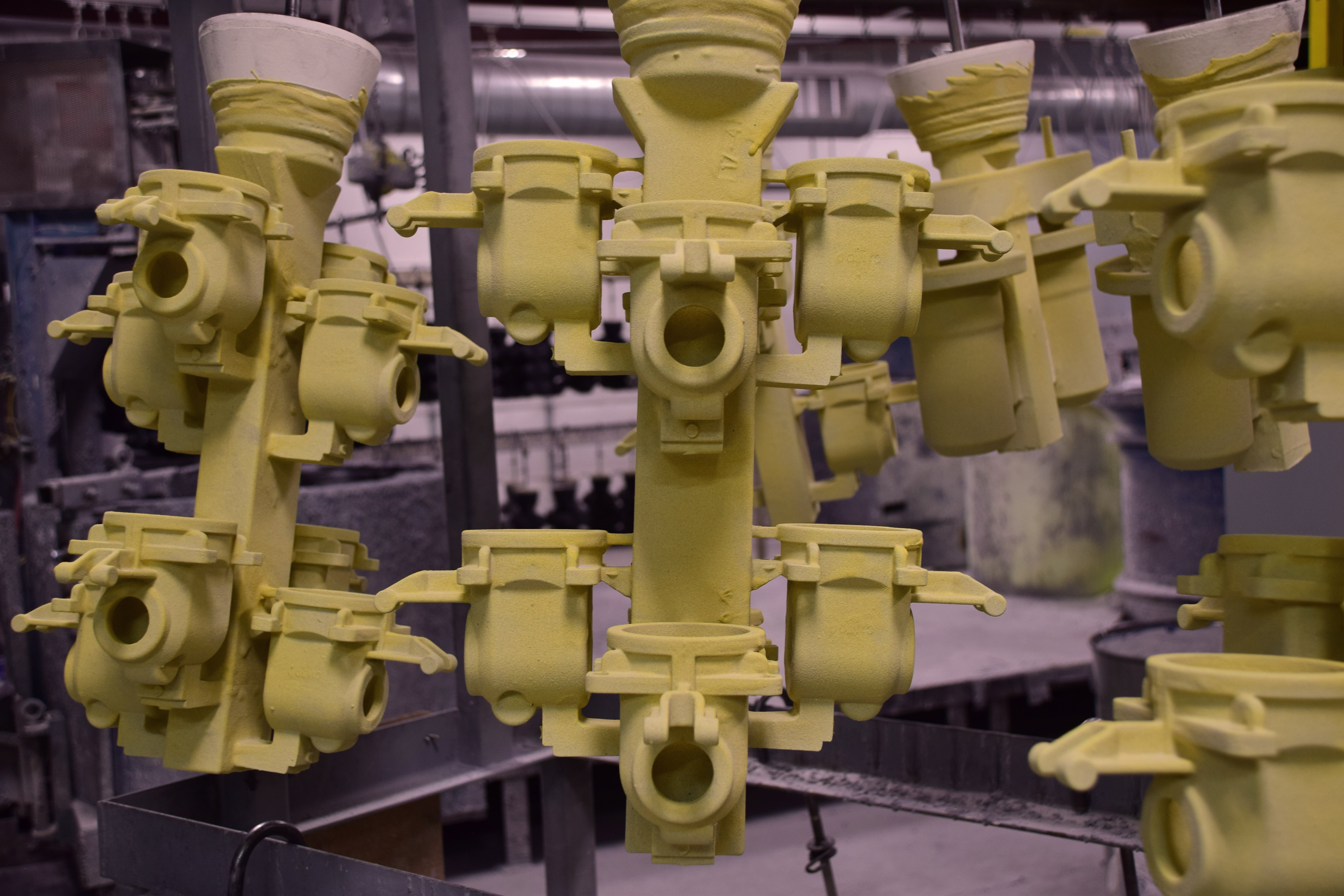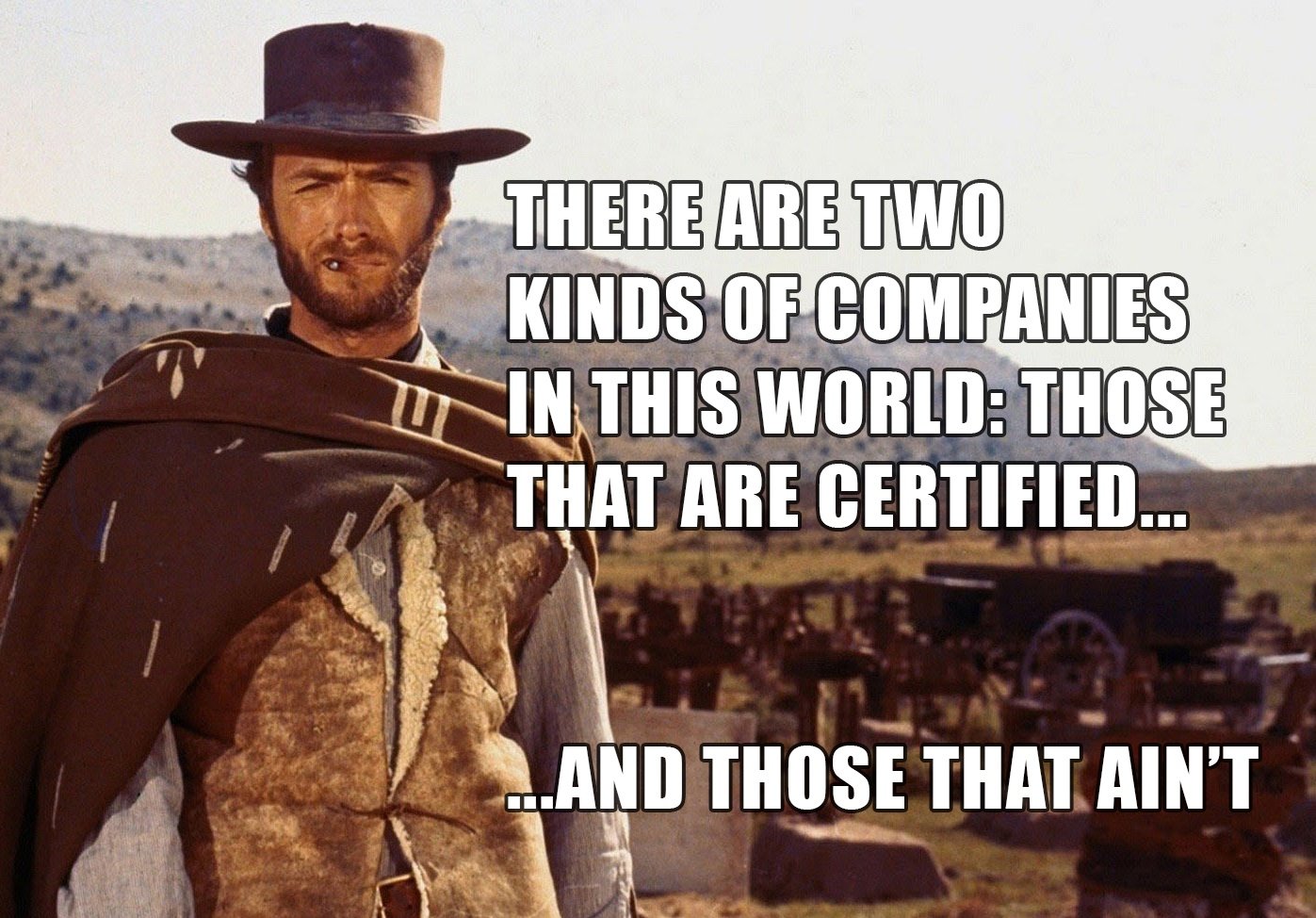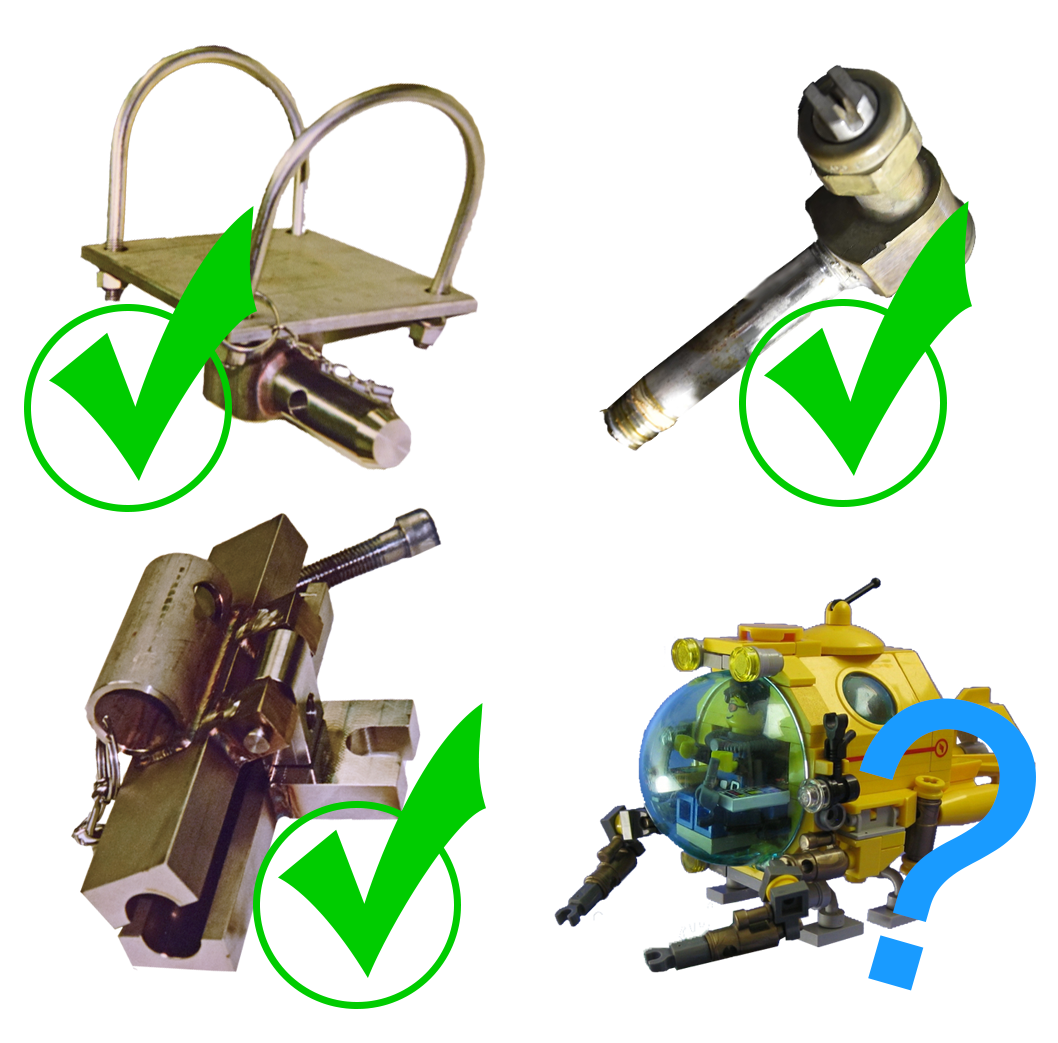Deb Pipoly
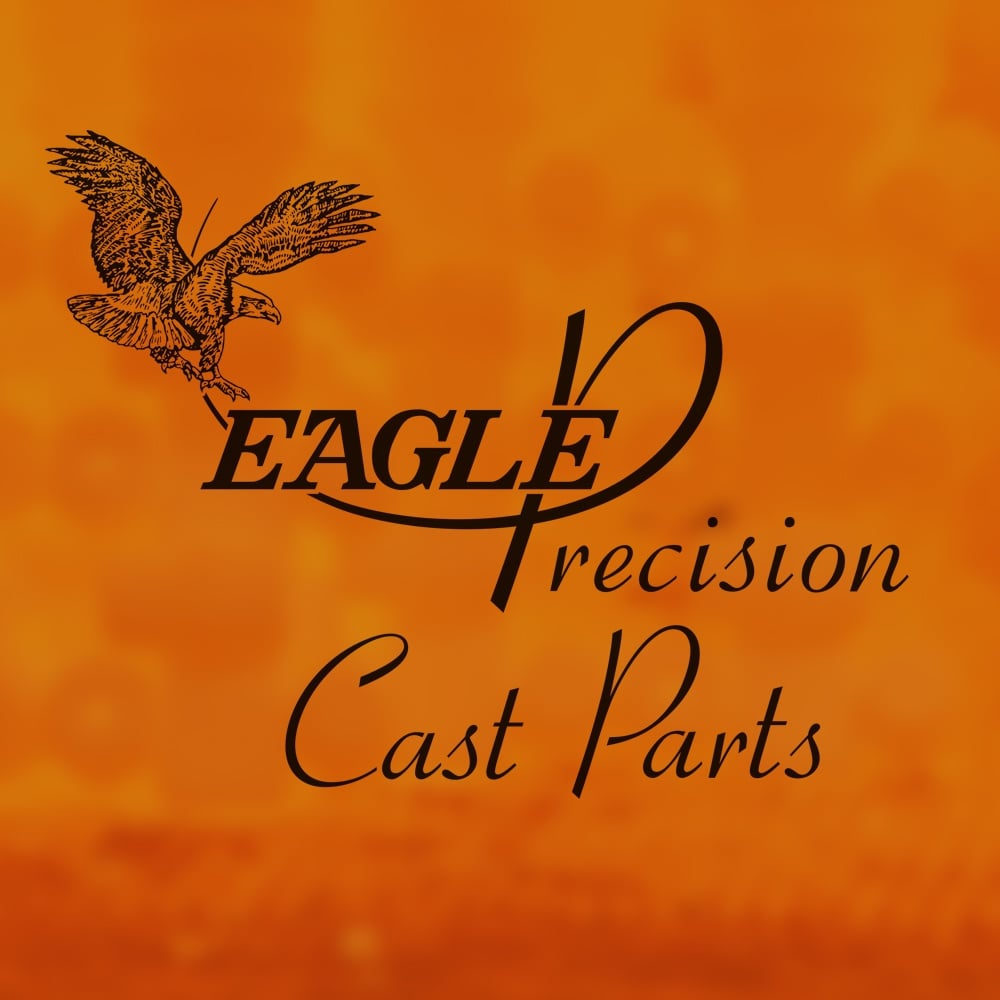
Recent Posts
Industrial Valve Types and Applications
Clockwise from top left: Globe valve, butterfly valve, gate valve, ball valve
Valves are employed in just about any situation involving the flow of liquid or gas. A valve controls the flow of water through your kitchen sink. A different valve brings propane gas into the burners of a gas stove. Outside the home, industrial valves are built to handle high pressure, either from fluid or gas, and to last through years of use in harsh environments. Most utilities, from water to oil and gas, wouldn't be able to function without heavy duty, industrial-strength valves.
Because many components of industrial valves are cast, foundries and machine shops like the Eagle Group often supply valve manufacturers with the parts they need to assemble finished products. The following valve types represent the most commonly seen valves for industrial applications around the world.
Tags: Manufacturing, Valves
How Investment Casting Compares to Other Metalcasting Methods
Tags: Metalcasting, Processes, Investment Casting
Investment Casting Guide Ebook: New Eagle Group Resource for Manufacturers
Eagle Precision Cast Parts, Inc. just released a downloadable resource, titled Investment Casting Process Guide: A Comprehensive Introduction to Investment Casting.
The goal of the 21-page ebook is to make it easy for manufacturers, and anyone else who's interested, to learn the basics of investment casting. Manufacturers looking for a better way to produce parts can find information on tolerances, design recommendations and a full case study.
Tags: Metalcasting, Investment Casting, Eagle Precision, Investment Casting Guide
How the Investment Casting Process Works
Investment casting, sometimes known as lost-wax casting, is a metal forming method known for its ability to produce parts with tight tolerances, complex inner cavities and accurate dimensions.
As we discussed in our Introduction to Investment Casting post, the basic technique has existed for millennia. Over the years, innovations in equipment and methodology have kept pace with demand. Today, investment casting is one of the most popular forms of metal casting.
Read on to learn more about the unique process of investment casting.
Tags: Metalcasting, Processes, Investment Casting, Eagle Precision
Introduction to Investment Casting
Investment casting is nearly as old as metalcasting itself, with the earliest known examples dating back to 3,500 BC. Before investment casting was invented, metal castings were created using open stone or ceramic molds. Investment casting allowed for much greater detail and smoother finish, vastly expanding the possibilities of metal casting.
Today, investment casting is one of the most versatile methods of metal casting. The process, which is still similar to that used over 5,000 years ago, allows for tighter tolerances, more intricate shapes and smoother surface finishes than other metal casting methods.
Tags: Metalcasting, Processes, Investment Casting, History
The ABCs of ISO: Why Certifications Matter
Whether your businesses is considering a new certification or you're shopping for a new supplier, it's important to know exactly what certifications can offer.
Here, we focus on the quality-based ISO 9001 standards. Over 1 million companies in over 170 countries meet ISO 9001 standards, but there are millions more that don't.
Read on to learn the difference between those that are certified...and those that aren't.
Tags: ISO Certification, Certification, Compliance
How To Tell if Casting Is Right for Your Products
Our recent post on fabrication to casting conversion might have gotten your wheels turning. Now you're wondering, "Could my products benefit by making the switch to casting?"
If you sell, use or otherwise produce fabricated parts, there's a good chance that you could produce them better, cheaper and faster through casting. To help you decide, we've prepared a brief Part Evaluation survey.
Tags: Metalcasting, Processes, Fabrication to Casting, Fab-Casting
8 Key Metals Used in Casting
We're here to talk about METAL
No, not that kind of metal–actual metal, like the kind that your car is made out of, that replaced your uncle's bad knee, that holds up the skyscrapers downtown, that keeps cruise ships afloat, that built the rocket that catapulted the telecom satellite into space so you can have an internet connection, that makes up that satellite...
A lot of things are made out of metal. You get the idea.
Tags: Materials, Metals, Metal Properties




